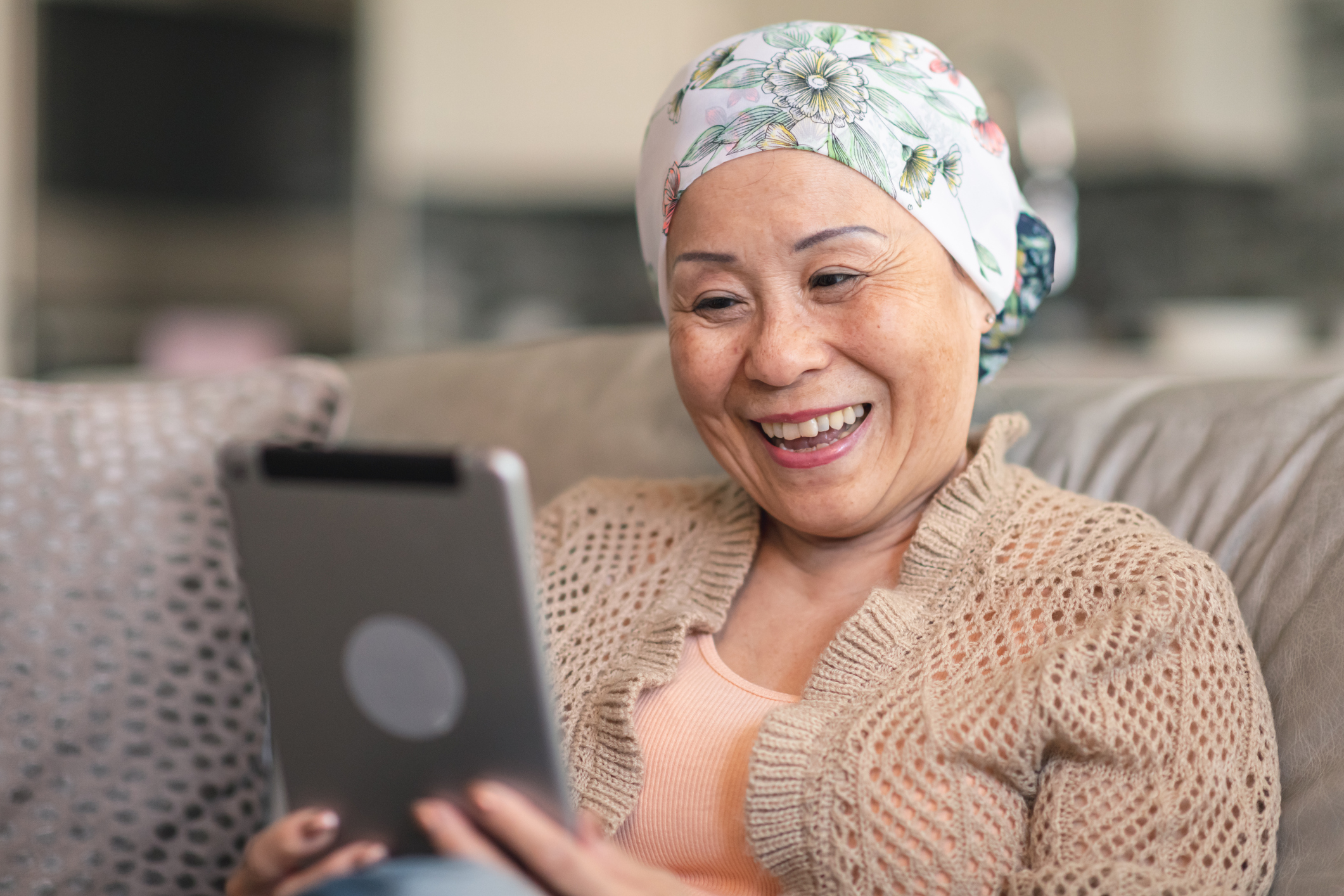 During the COVID-19 pandemic, in-person interactions have been limited. Individuals are staying inside their homes, avoiding unnecessary interactions.
During the COVID-19 pandemic, in-person interactions have been limited. Individuals are staying inside their homes, avoiding unnecessary interactions.
This is especially true for senior citizens who are considered high-risk patients until the risks from the COVID-19 pandemic pass. Unable to visit with their loved ones, doctors, or behavioral health providers in person, many senior citizens are experiencing increased feelings of isolation, anxiety, and depression at this time.
Telehealth Connecting Seniors and Behavioral Health Therapists
Both seniors and their behavioral health providers have had to adapt due to COVID-19 and find new ways to stay connected. Now more than ever, seniors who need the attention of a mental health professional are unable to access important care.
Telehealth is the solution many behavioral health providers need to continue connecting with their senior clients through the duration of the COVID-19 pandemic, and after. With clients trapped in their homes with little interaction or structure to their time, telehealth makes sure they can at least interact with their providers.
Continued Rise of Telehealth After Pandemic
The use of telehealth is expected to rise once the COVID-19 pandemic comes to a close as more seniors than ever will be familiar with how to use telehealth. This is especially true for seniors managing multiple chronic conditions. Avoiding unnecessary travel to appointments can help improve how they spend their time without avoiding treatment for behavioral health-related issues.
Once the COVID-19 pandemic is over, seniors are expected to continue engaging all of their providers on a telehealth platform so that they can leave their homes less and cut travel costs.
Other Ways for Seniors to Stay Connected During COVID-19
While telehealth offers an opportunity for senior clients to engage their providers during COVID-19, it is important they find other ways to stay connected through the remainder of the pandemic and in the future. Below are several methods to engage seniors during COVID-19.
1. Virtual Visits with Family
Connecting seniors to a virtual visit with family can be a great way to engage them socially. With loved ones and normal caregivers unable to visit in-person, virtual visits using platforms like Zoom or Google Hangouts can be an easy way to help seniors exercise their minds and avoid feeling isolated. Most smartphones are set up for two-way video calls with friends and family and should be utilized as much as possible through the duration of COVID-19.
2. Social Media
Seniors getting connected on social media can be an effective way to connect them to family and others and their community. Here, they can unite with old friends and family across the country, remain updated on what is happening in the lives of their loved ones, and participate in groups and games.
While not all social media platforms are catered for senior use, websites like Facebook might be effective for helping seniors stay connected to those around them.
3. Participate in Games
Many of the classic games that seniors played growing up are now in digital form on most phones. This might include Scrabble, Yahtzee, or many of the class 52 deck card games they might know how to play. These games, played against loved ones or others on the internet, can help stimulate them both socially and intellectually.
With high-risk patients avoiding healthcare facilities and behavioral health organizations, telehealth is a great way to keep them connected during uncertain times. Affordable and accessible telehealth might be closer than you think. To learn more, click here.


.png)